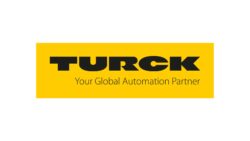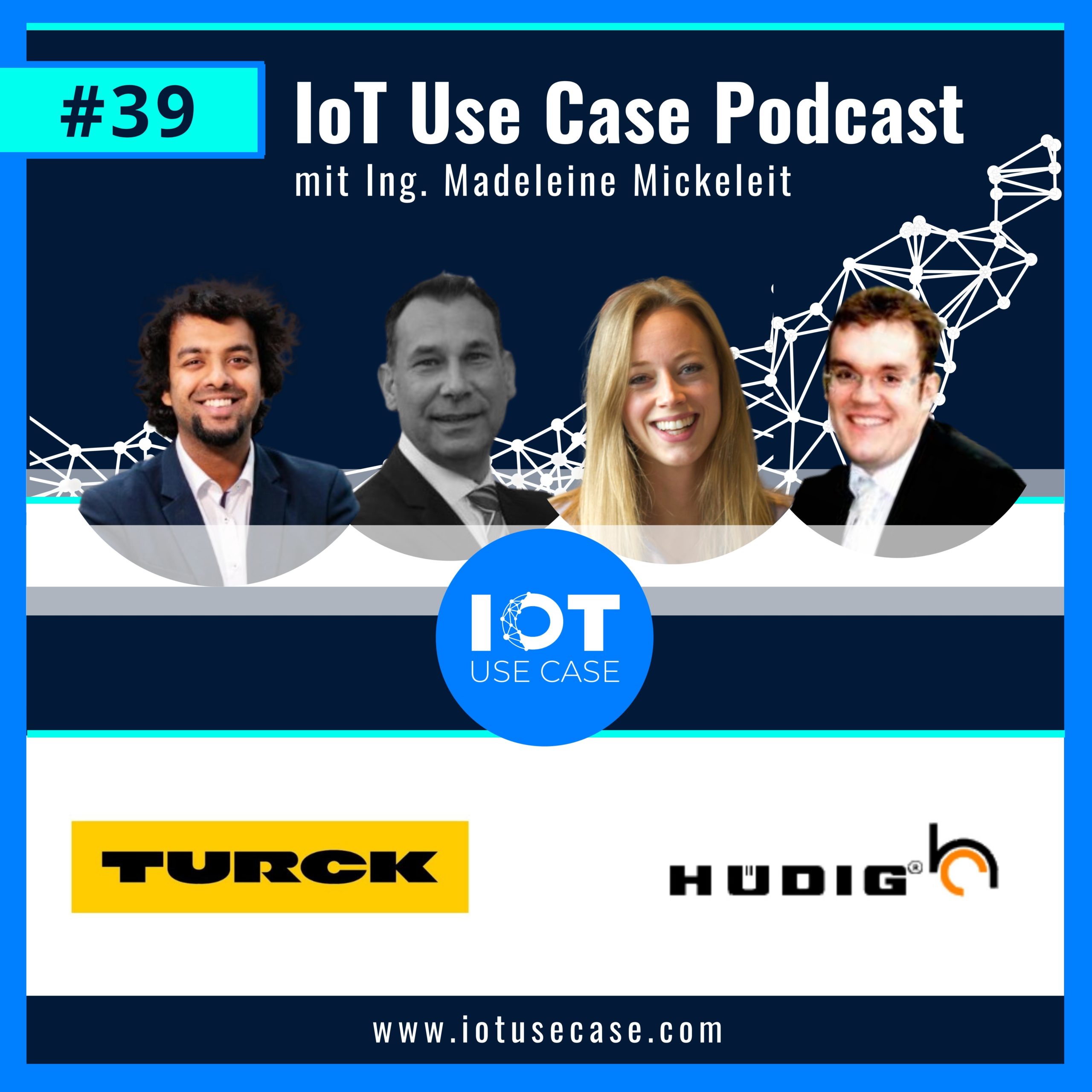Groundwater is regularly pumped out at construction sites. This requires particularly robust equipment, as they work in a damp and dirty environment. Networking with the Industrial IoT (Internet of Things) ensures that construction site operators detect malfunctions and failures at an early stage.
The challenge: Groundwater lowering must be faultless 24×7
On many construction sites, there is one problem that must be solved first: The groundwater. Especially in larger construction projects with several basement levels, excavators often encounter water running into the excavation pit after only a few meters. Therefore, special pumps are installed, which operate in 24×7 mode and pump out the water.
This sounds simple, but construction companies have to take care of two additional things on the construction site: First, no one is allowed to pump water anywhere without permission. Companies must therefore record and document water volumes. Secondly, it is important to monitor the pumps permanently. If malfunctions and failures are not detected in time, water can enter and cause damage.
Hüdig GmbH & Co KG from Celle near Hanover is one of the leading medium-sized manufacturers of groundwater lowering systems. They wanted to offer their customers as much remote monitoring and automation of the machines as possible. To achieve this, the previously purely electrical devices must be networked and digitized. The hardware and software required for this should be open to the future so that existing rental models can be converted as easily as possible to modern billing methods (pay per use).
The solution: An Industrial IoT extension in a robust housing
For the development of Hüdig’s latest generation of groundwater lowering systems, the company has gained the specialist for automation technology and IIoT solutions Hans Turck GmbH & Co. KG as a partner. The company has extensive experience in networking machines and plants from all branches of industry. They see themselves as a solution provider that connects any machine to the Industrial IoT based on modular hardware and software.
Turck has developed an effective solution for the Hüdig plants: A control cabinet is attached to each machine and plant. It complies with protection class IP54 (dust-tight, splash-proof) and is thus certified for operation on construction sites. The electronics installed in the housing monitor the machine’s processes and can, for example, detect malfunctions. On a touch display, users read the data and operate the machine. In addition, there is a SIM card and a cellular module to forward the data to the cloud.
The solution’s primary task is to determine operational data and provide the site operator with all the necessary information. For this purpose, there is a user interface that is available via the Internet. It has the same possibilities as the touch display on the machine. Users can see at a glance whether all installed systems are working and what water volumes are being pumped out.
The result: Clarity about plant status and water quantity
By connecting to the Industrial IoT, site operators receive accurate information about the status of groundwater lowering at all times. By alerting and forwarding via e-mail or SMS, site managers, foremen or other personnel can intervene at any time and restore the power supply. It is also now easier to document water volumes; external measuring devices are no longer necessary.
For Hüdig, this solution represents the entry into new types of business models that will ultimately also benefit construction site operators. Thus, it is possible to get an insight into the maintenance status of the respective plant by long-term measurement of all operating data. Learning algorithms evaluate the data and can alert to problems early, before a malfunction or failure occurs. This option is also used in mechanical engineering, where it is called predictive maintenance.
In addition, the precise collection of operational data also enables new types of pay-per-use business models. They are not charged at a flat rate or according to rental time, but according to use. In the case of water pumps, for example, the actual machine running time could be used as a billing factor. This enables Hüdig’s customers to make custom-fit offers that are tailored to the respective construction sites and areas of application.









